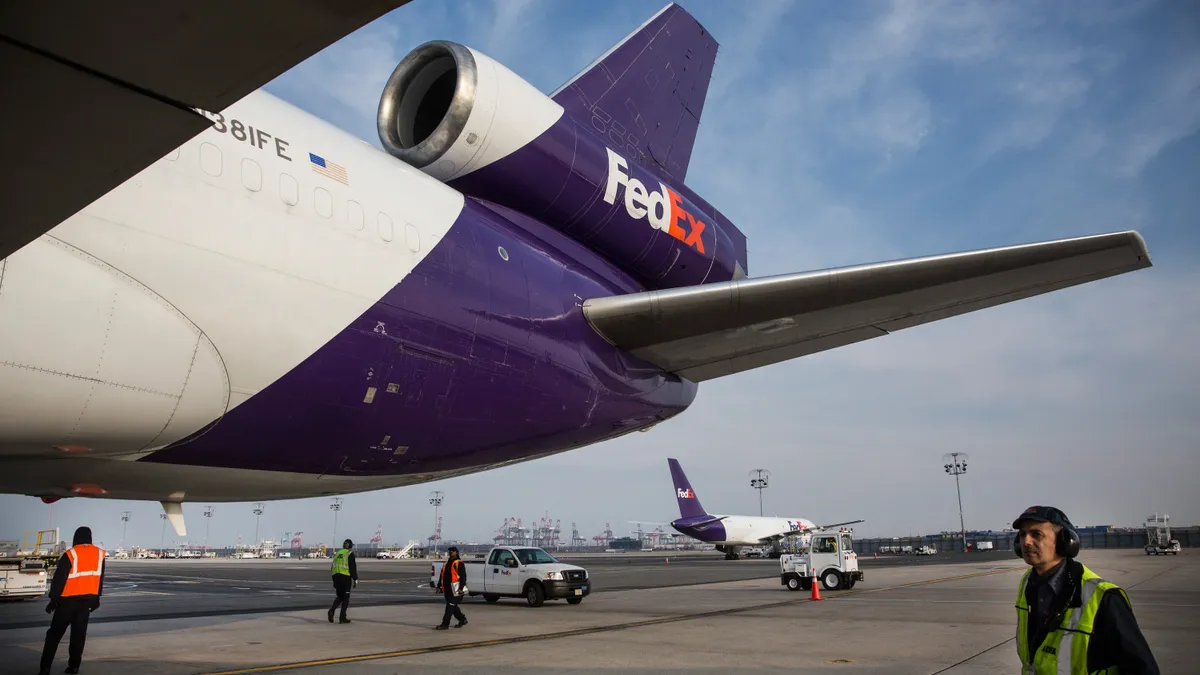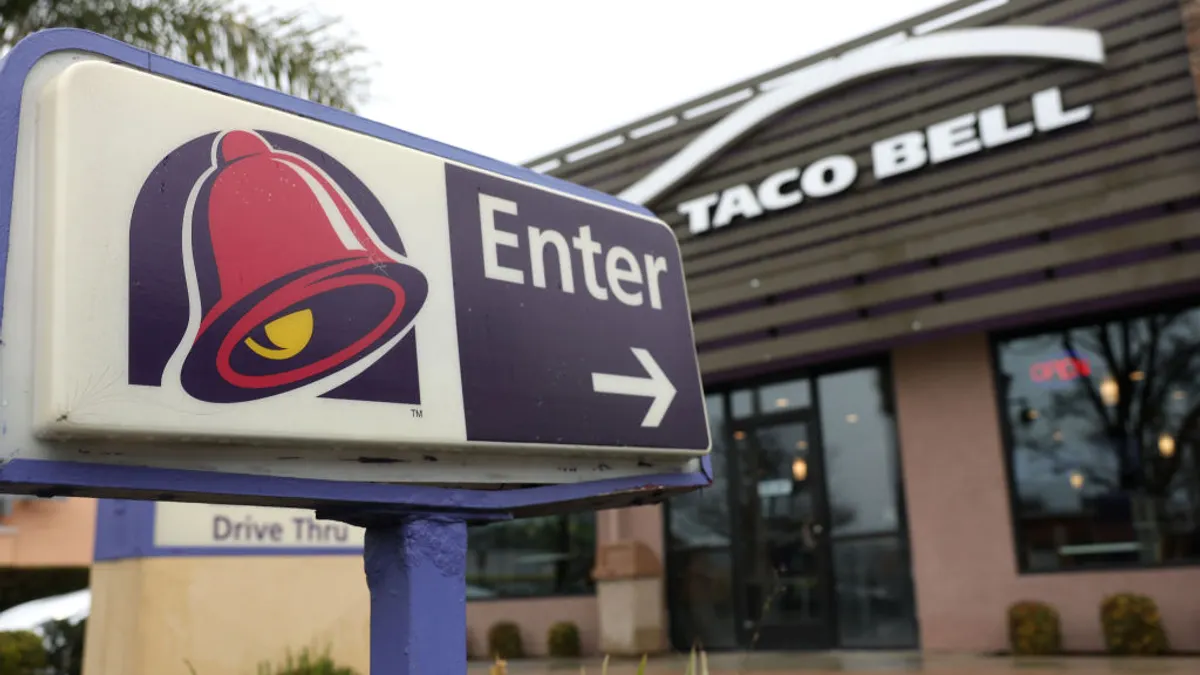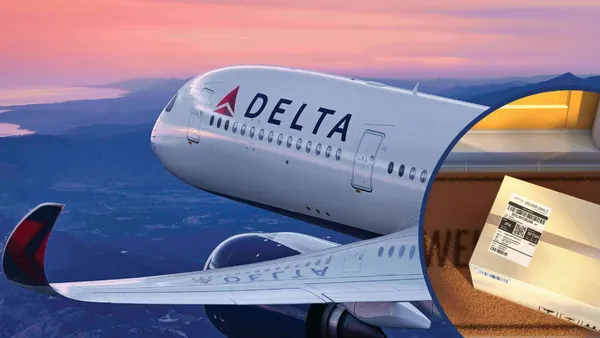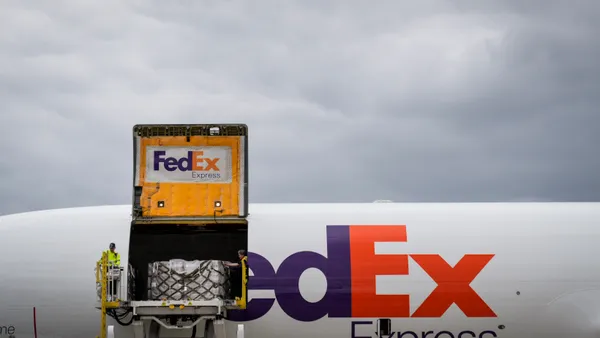Dive Brief:
- FedEx is prioritizing growth in healthcare and automotive B2B, U.S. e-commerce, global air freight and Europe, EVP and Chief Customer Officer Brie Carere said on a December earnings call.
- Operational changes stemming from FedEx's Network 2.0 and DRIVE programs, along with its Tricolor air freight initiative, will aid in those efforts, Carere said.
- "We are designing new experiences for high-value segments and planning for above market growth where we already have a differentiated portfolio," the chief customer officer said.
Dive Insight:
Gaining customers and volume in high-upside segments could help FedEx rebound after posting weak fiscal Q2 results.
For the quarter that ended Nov. 30, the company saw revenue drop 1% and net income fall 18% year over year. In an earnings release, FedEx said soft domestic demand and the expiration of its air cargo contract with the U.S. Postal Service hurt its performance.
U.S. sluggishness may have provided FedEx added incentive to boost its international business. Carere noted Q2 revenue in Europe "grew nicely with strong execution," and FedEx wants to take more share of the continent's roughly $130 billion parcel market. FedEx is also pursuing more global air freight revenue, in part by creating a dedicated sales organization for the segment.
But the company isn't straying away from U.S.-based growth, either. E-commerce will continue to be a significant driver of domestic parcel volume growth in the years ahead, Carere said. She added that the company's picture proof of delivery capabilities and "superior speed and coverage" gives it an edge in the market, with the ongoing Network 2.0 overhaul providing further upside.
"As we execute on Network 2.0, we will continue to lower our cost to serve, which will lead to improved incremental flow through from these volumes," Carere said.
FedEx also aims to gain U.S. market share in the healthcare logistics space by leveraging its cold chain capabilities and its FedEx Surround platform, which provides real-time shipping visibility, according to Carere. While healthcare shippers often have strict speed and handling requirements, they typically offer more profitable shipments than e-commerce customers do.
"We have experienced tremendous success in healthcare, which has been our priority B2B vertical," Carere said.














